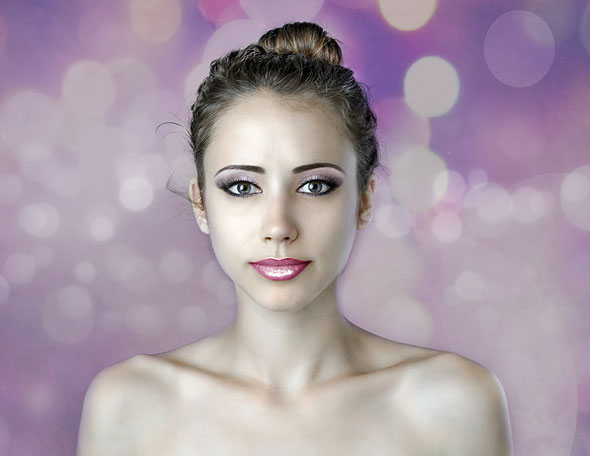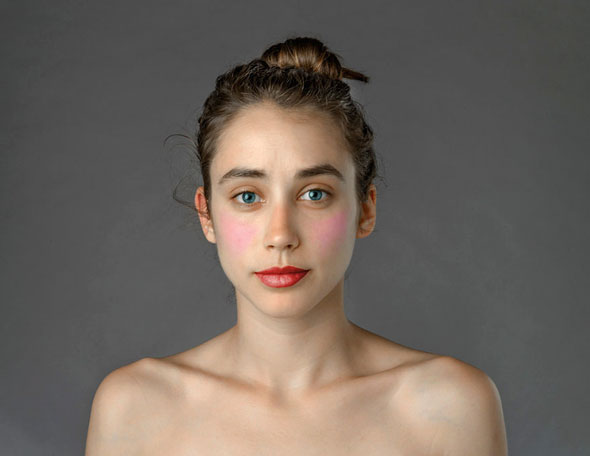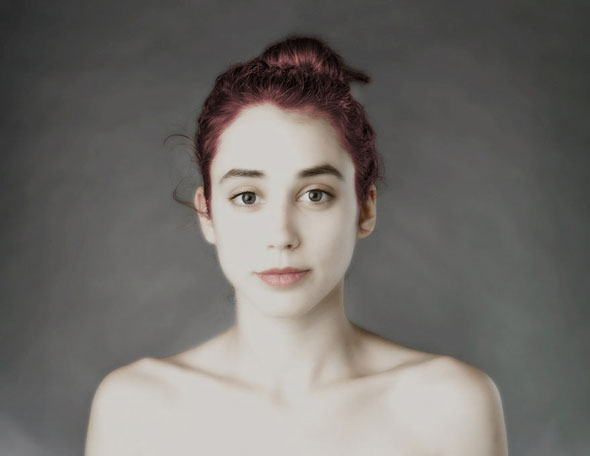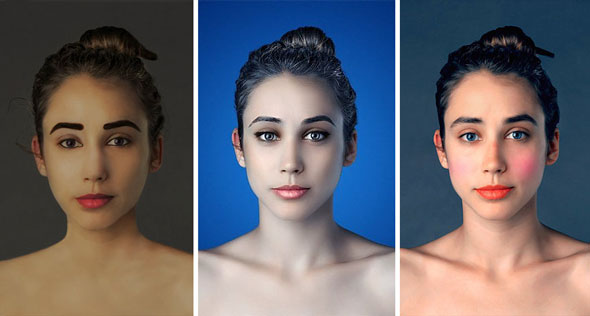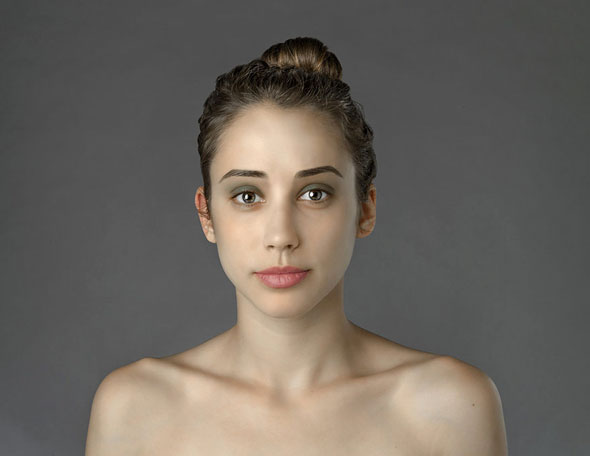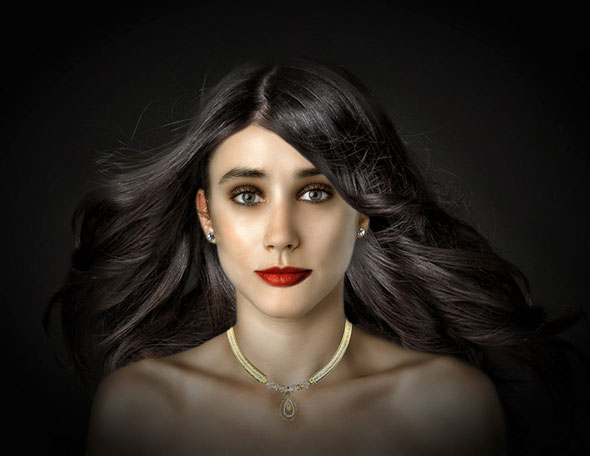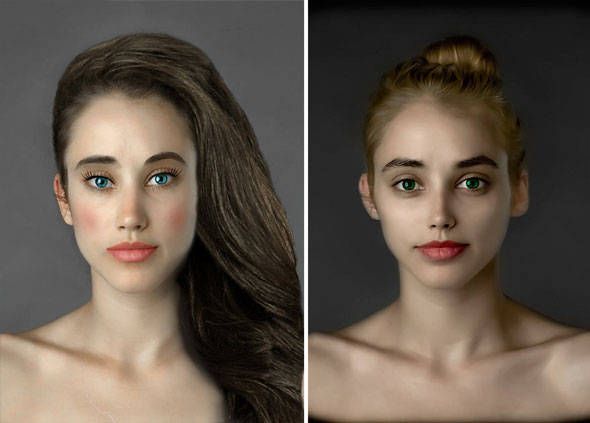Esther Honig‘s idea was as simple as brilliant. Not that she’s an outstandingly beautiful women, she’s certainly good looking — but as the ideal of beauty depends on the beholder and his or her cultural background: how would Honig’s “ideal” appearance look like if she’d live in another culture? So she sent a portrait photo of herself to freelance Photoshoppers in countries around the world with one request — to make her “beautiful.”
Each of the nearly 40 Photoshoppers, whether a professional or an amateur, took their own spin on the assignment — with interesting results. What might be considered beautiful in one culture is a no-go somewhere else. Add one individual’s personal preferences.
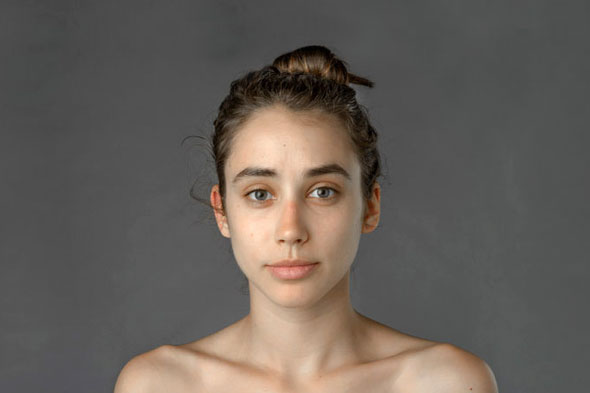
So much about “standards” and “ideals.” There is no “universal beauty.” Beauty is about subtle (and sometimes not so subtle) shifts in the face and changes of form and color as Honig travels around the world.
Writes Honig:
In the U.S. Photoshop has become a symbol of our society’s unobtainable standards for beauty. My project, Before & After, examines how these standards vary across cultures on a global level (…)
Photoshop allows us to achieve our unobtainable standards of beauty, but when we compare those standards on a global scale, achieving the ideal remains all the more elusive.
Looking at the images, I have serious questions about the U.S. taste while Italians definitely have style. Thinking of it, you could well give Honig your own Photoshop makeover…
For all the entries visit Esther Honig.
